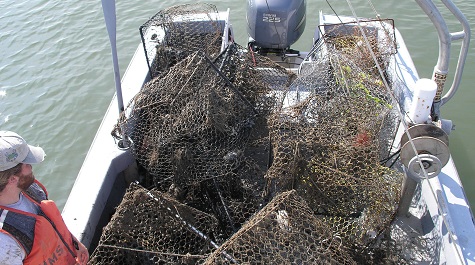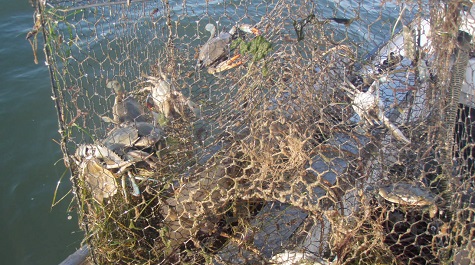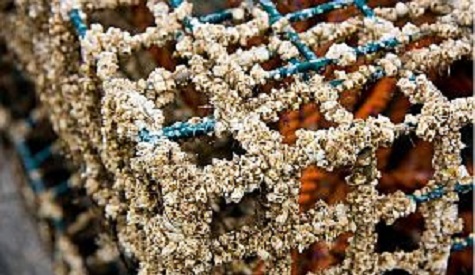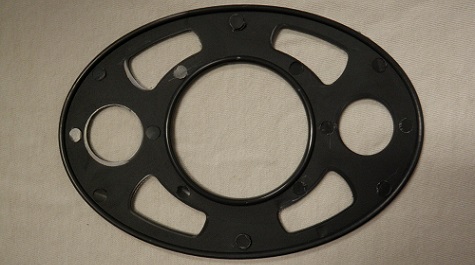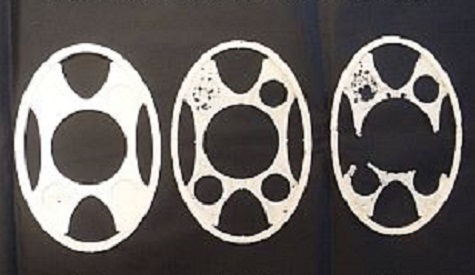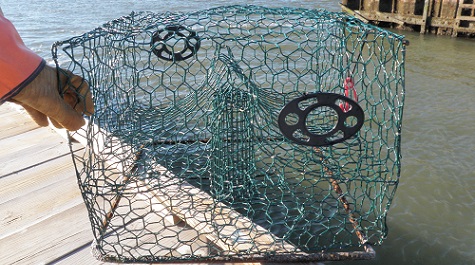Biodegradable Escape Panels
Derelict fishing pots can be a source of mortality for several years. Since the continual removal of derelict gear can be impractical at a large scale, pot modifications are needed to disarm gear once lost. Escape mechanisms that rely on hinges or degradable attachment points fail due to encrustation of bio-fouling organisms such as barnacles and sponges which hold the hinge or non-degradable panel in place once the pot is lost or inappropriate use of nondegradable components. An improved mechanism for adequate escape of trapped animals is a panel that is fully biodegradable and dissolves, thus, does not rely on hinges or detachable components which become encrusted after loss and fail to detachTested biodegradable cull panels were made from plant-based and petroleum-based polymers that meet American Society for Testing and Materials (ASTM) standards for degradation in the marine environment. Truly biodegradable plastics are polymers that decompose into carbon dioxide, methane, water, inorganic compounds, or biomass via microbial assimilation (the enzymatic action of microorganism) rather than simply fragmenting. This is an important distinction since many plastics labeled as "degradable" are non-degradable polymers that fragment into smaller and smaller non-degradable components (micro-plastics). Micro-plastics have been identified as a potential threat to the base of the marine food web since they may be mistaken for food and consumed by zooplankton. A pot modification to mitigate impact of lost gear may be considered a viable and effective option if:
- the modification renders the pot ineffective of capturing marine life within one year of loss,
- the material, once degraded is environmentally neutral,
- the modification is relatively inexpensive and easy to install in order to be of practical use, and
- catches of target species are maintained.
With funding support from NOAA's Marine Debris Program and the National Fish and Wildlife Foundation, we employed commercial watermen to fish pots with biodegradable panels alongside standard pots in Chesapeake Bay USA to assess potential effects on blue crab (Callinectes sapidus) catch and test the biodegradation time of panels. Biodegradable cull panels did not adversely affect crab catch. In all locations and time periods, legal catches were similar (or greater) in abundance, biomass, and size between pots with biodegradable panels and standard pots. Panel biodegradation rates suggest a functional time frame of one year. Properly designed biodegradable panels appear to be a viable solution to mitigate the impact of derelict pots of various fisheries (blue crab, lobster, Dungeness crab, octopus, red king crab).


